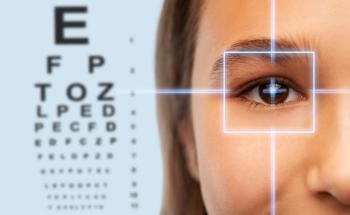
Cranial neuropathies in diabetes
There have been few studies primarily concerned with the relative frequencies and clinical characteristics of cranial neuropathies in diabetic subjects. Here, Dr Stefanucci gives a synopsis of the clinical characteristics and risk factors.
As a result of the low frequency of cases, there is poor epidemiologic data available on cranial neuropathies. However, there is a large amount of data related to the prevalence of diabetes among patients affected by cranial nerve neuropathy of any kind. According to a trustworthy study, patients affected by diabetes have 1% incidence rate of developing cranial nerve palsy, which is 10 times higher than those who are not affected by diabetes.3
Newsletter
Get the essential updates shaping the future of pharma manufacturing and compliance—subscribe today to Pharmaceutical Technology and never miss a breakthrough.












































